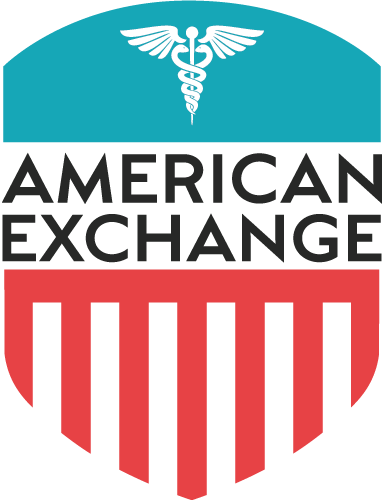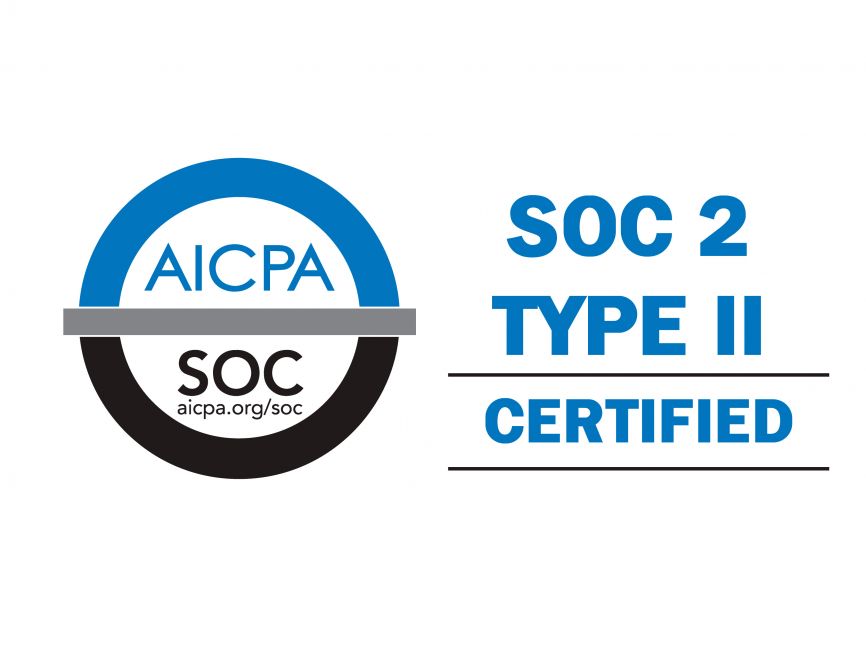Prior Authorizations: A Lesser Known Inconvenience of Health Plans
It was mid-January, and I had recently purchased a new health insurance plan. Back in December, I switched insurance carriers from Blue Cross Blue Shield of Tennessee to United Healthcare, for the United Healthcare plan offered more attractive benefits for less money. I was quite satisfied with Blue Cross’ health benefits from my former plan, but the monthly premium jumped by 36%.The rate increase quickly became health insurance I could no longer afford.
I chose to enroll in the United Healthcare Silver Compass 5000 plan mostly for the prescription benefits. The aforementioned plan allows me—and all those who enroll into the plan—to purchase generic prescription drugs for $10 per 30-day supply. I always look for prescription drug benefits in purchasing health insurance because I take three generic prescription drugs a month. I really liked the idea of fixed prescription costs of $30 per month.
So there I was, it was mid-January, and I was standing in the pharmacy. I had come prepared with my insurance information, and I was carrying a handwritten prescription for the one prescription I needed to refill that day. To my surprise, the pharmacist told me she could not fill the prescription.
Prior Authorization
United Healthcare required a Prior Authorization to refill the drug. A Prior Authorization is communication between the health insurance carrier and the Primary Care Physician. Basically, the doctor has to deem that a certain drug is medically necessary for United Healthcare to authorize the dispensing of a drug. It was a complete oversight on my part to not realize that the carrier and the PCP must hold the Prior Authorization conversation. A large part of my job is discussing the prescription benefits of health plans, and a large part of this is pointing out Prior Authorizations. Prior Authorizations get in the way of consumers using their prescription drug benefits immediately, for it takes the provider and carrier a while to talk.
How could I have forgotten to research my carrier’s conditions for covering prescriptions? This was a mistake that caused me a serious headache.
For one thing, I knew how to see 1) if a health insurance carrier covers a prescription drug, and 2) I know where to find the health insurance company’s conditions for dispensing a drug (Prior Authorization, Step Therapy, etc.). This information is plainly stated on a formulary—the insurance company’s exhaustive list of covered drugs—and one can find an example of United Healthcare’s Silver Compass 5000 formulary here. It would have taken me thirty seconds to realize that the generic Adderall required a Prior Authorization. I spent hours trying to resolve this issue with United Healthcare.
What Took So Long?
United Healthcare first has to send the doctor a Prior Authorization form. The provider fills out the necessary information on the Prior Authorization form, and he or she sends the form to the carrier. Once United Healthcare has the form, the carrier notes that the drug has been authorized, and the pharmacy is notified of this change.
While this seems like a simple process, doctor’s offices and insurance carriers like United Healthcare are busy places, and documents get lost. United Healthcare could not find the form after the doctor returned it, and this spawned a wild goose chase. I spent over an hour on the phone with United Healthcare, and in the process, I was transferred at least four times. Finally, a customer service representative from UHC found the form, and I had the impression that I could pick up the prescription with no problem. I was wrong.
I returned to the pharmacy the next day, and the Pharmacist could not find the Prior Authorization. What a nightmare! I thought that United had taken care of the issue, and I began dreading another long customer service call. In the end, the pharmacist deleted my prescription from the system from the day before, and once she re-entered the prescription, she was able to find the Prior Authorization. United Healthcare had approved the medicine!
Lesson Learned
Yes, thirty seconds of research could have saved me hours of headaches in this endeavor. United Healthcare customers can easily access prescription drug information in the plan’s formulary. Generic Adderall is not a convenient drug to refill by any means. I have to drive across my hometown (20 minutes) just to retrieve a paper prescription. Then, I drive back across town to get the prescription refilled. I am saying that if you take prescription drugs that are inconvenient to refill, then these same drugs might require the same inconvenient prior authorizations as in the aforementioned scenario. Take thirty seconds and review the formulary!
For more information, one can consult UHC’s exhaustive formulary in list form. A quick glance at the list shows that the famous brand-name drugs Chantix, Concerta, Crestor and Morphine are all drugs that require Prior Authorization.
Other Prescription Concerns: United’s “Tier” System
It is important to be wary of the “Tier” prescription system in purchasing a health insurance policy. Prescriptions are grouped into tiers based on the expense of the drugs to the insurance company. Generic drugs are the least expensive drugs that the plan covers, and they are given the distinction “Tier 1” on United Healthcare’s formulary. From there, there are “Tier 2” drugs and “Tier 3” drugs which represent the “Brand Name” and “Non-Preferred Brand Name” drug categories, respectively. Drug prices increase by their respective tier up until the drugs fall into the “Specialty Drug” or “Tier 4” category.
If you are a United Subscriber, it is important to research your desired prescription drug in accordance with United Healthcare’s “tier” system. My plan included a Summary of Benefits that detailed the prescription drug coverage in “tiers” on page 2. Fixed copays correspond to tiers 1-4, and one can determine the price of the prescription based on the tier.
One of the drugs that I normally take is Flonase nasal spray. I failed, once again to consult the formulary, and I found out from the pharmacist that a prescription of Flonase would cost me $40 (a Tier 2 drug on my health plan). That is more in cost than all three of my other prescription medications combined! Luckily, the pharmacist then told me that I could buy Flonase over the counter for half the price.
Moral of the Story
If you do not want to be unpleasantly surprised at the pharmacy, then consult your carrier’s formulary. Most importantly, this exhaustive document explicitly states which drugs a health insurance company covers. Details such as Prior Authorization are quite plain in this document, and knowledge about these sorts of details save subscribers from roadblocks in accessing a health plan’s prescription benefits.
Philip Strang is a Certified Agent/Broker with American Exchange. Contact him by telephone at 1-888-995-1674 or by email at p.strang@americanexchange.com.

